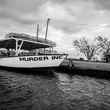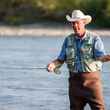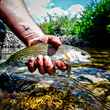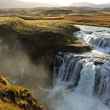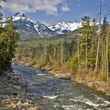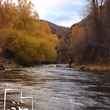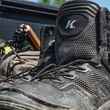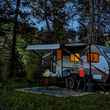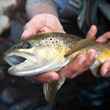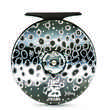Last week, New Water Media announced the release of the fourth installment of the excellent Skagit Master series. Skagit Master 4 covers steelhead fishing on the wildly diverse rivers of the Great Lakes region, in Wisconsin, Michigan, Ohio and Pennsylvania, and features steelhead guide and revered spey casting instructor Tom Larimer.
The film's website describes Skagit Master 4 as a "return home with full time steelhead guide Tom Larimer to fish with a few of the guys who "Cracked the Code" on swinging flies for steelhead in the midwest. Soul-roller Dave Pinczkowski, close friend Jay Niederstadt, and veteran guides Jeff Hubbard and Greg Senyo spend long days fishing with Tom on their home rivers. Urban streams surrounded by a sprawling metropolis, wilderness spring creeks, large tail water rivers, and slate bottom spate rivers, all suffering the lowest flows since 1944, present a mountain of challenges for the anglers."



